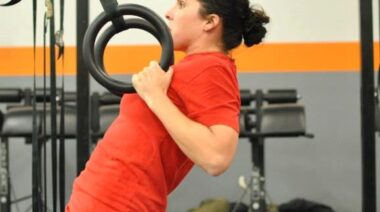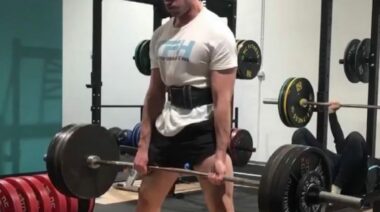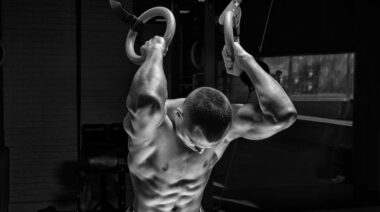Many athletes work to develop leg strength as a means of improving speed. This is because greater power is required in the legs if you plan to exert more force against the ground. Putting more force into the ground sounds like it would make you faster all on its own, but a large component of running speed is reducing the amount of time spent on the ground, which requires greater power.
In a study this month in the Journal of Strength and Conditioning Research, researchers investigated the transfer effect from performing strength and power exercises. The study asked whether or not exercise in the gym and power drills on the field are good ways to improve speed in elite level rugby players.
The design of this analysis was two-fold. First, it was a causal-comparative cross sectional design. This means the researchers compared the strength of the athletes to their speed at one specific point in time. The study was also longitudinal, meaning the investigators looked at one group of rugby players over the course a year to find out if changes in strength went hand-in-hand with changes in speed.
The tests for strength and the workout in the longitudinal part of the study were similar, which is important to note. The strength tests involved a jumping test, a power clean, and a front squat. The training itself was individualized and occurred in two to four sessions per week, depending on the player and the time of year. The program included the strength test exercises and other typical strength lifts.
The first part of the study included forty rugby players, divided into the twenty fastest players and the twenty slowest players. Speed was gauged not just in maximal velocity but also acceleration, the latter of which is more important for most sports. Although rugby players were studied, neither the tests nor workouts were specific to rugby per se, so the results would apply to any athlete.
The faster players were indeed stronger and more powerful than the slower players. It’s interesting to note, however, that the slower players had stronger correlations to the tests for maximum speed. This could be caused by several factors. Perhaps there was a greater skill component for the faster players, since top speed requires less relative strength than acceleration. My own theory is that the difference could also be related to the fact that acceleration is more quad-focused, whereas top speed is hamstring-focused. This would explain the stronger correlation between the power clean and relative strength.
The second part of the study addressed some of these questions. The front squat had several moderate correlations, but only the power clean showed a strong enough effect to be considered for transfer of strength calculations. This is mostly because the change in strength over the year for the fifteen rugby players was pretty low due to experience, scheduling, and injuries. Despite the small improvements, there was still a causal effect of the power clean, particularly on maximal velocity stride length.
These results confirm what many coaches already know. Relative strength is important for athletes who do a lot of running in their sports. But beyond a certain level of strength, practice and technique need to be the focus of speed development.
References:
1. Matt Barr, et. al., “The transfer effect of strength and power training to the sprinting kinematics of international rugby players,” Journal of Strength and Conditioning Research, DOI: 10.1519/JSC.0000000000000423
Photo courtesy of Shutterstock.






